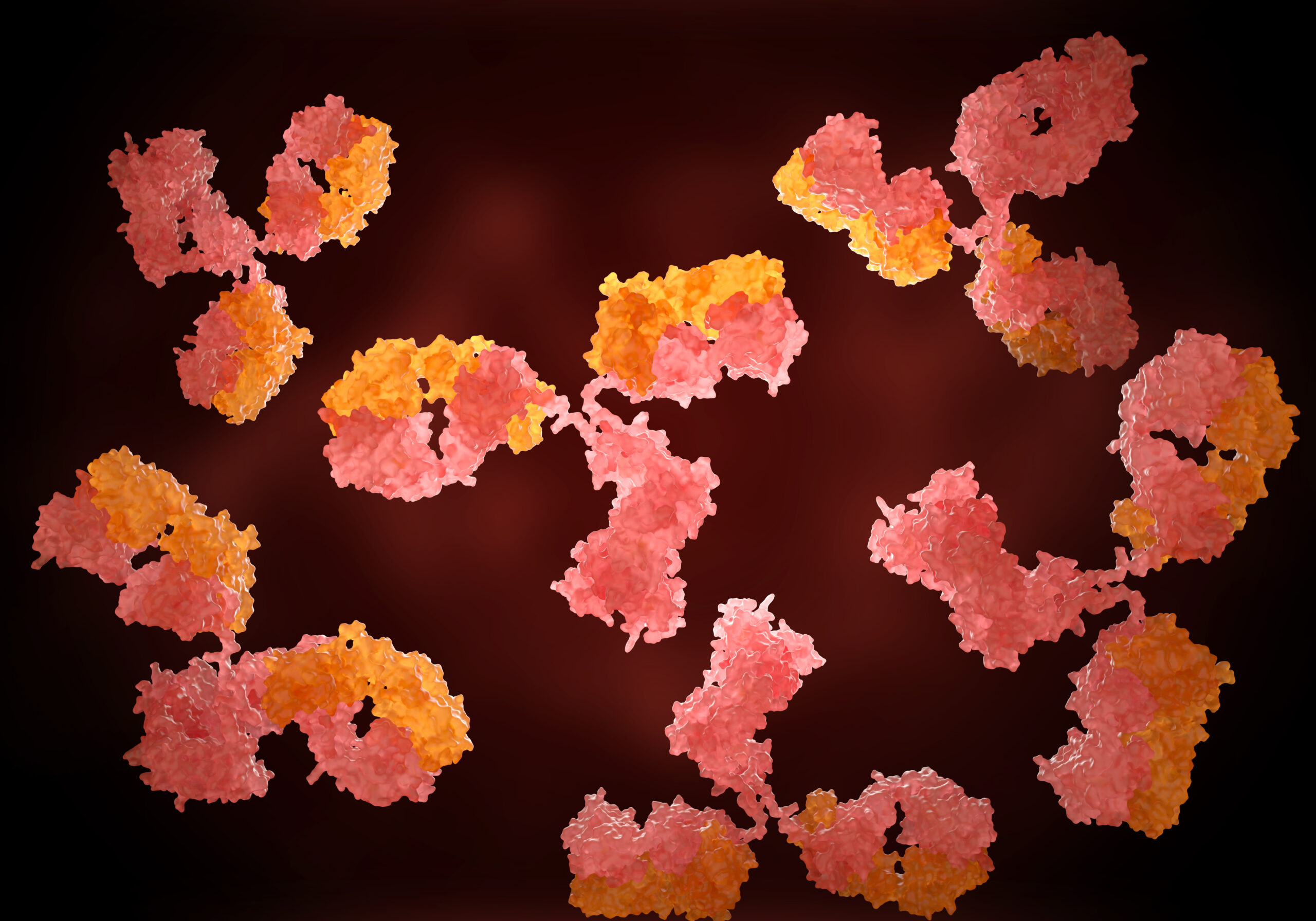A health condition in which the immune system (body’s defense) attacks the nerves is called Guillain-Barre syndrome. It usually causes numbness, paralysis, or weakness.
The primary symptoms of this syndrome are tingling and weakness in the hands and feet and sometimes these symptoms spread fast and cause paralysis. The advanced form of this condition is a medical emergency and people usually get treatment in a hospital.
This syndrome happens quite rarely and experts do not know the exact cause. However, many people with Guillain-Barre syndrome experience infection symptoms before the condition starts. These include gastrointestinal or respiratory infections (including COVID-19). In some cases, this syndrome may happen due to the Zika virus.
Nowadays, there are no treatment options available to cure this syndrome but some treatments may help reduce symptoms and boost recovery. While most people with this syndrome recover completely, certain serious illnesses may lead to death. Sometimes, people experience symptoms for long periods after recovery including fatigue (extreme tiredness), numbness, and weakness.
Symptoms
Commonly, when the condition begins it causes tingling and weakness in the legs and feet and may spread to the upper body parts and arms. When the condition progresses it may lead to paralysis. Check other symptoms of Guillain-Barre syndrome below:
- Problems with facial movements (such as chewing, swallowing, or speaking)
- Severe pain that may worsen during nighttime
- Fast heart rate
- Problems with bowel function and bladder control
- Hypotension (low blood pressure)
- Hypertension (high blood pressure)
- Shortness of breath
- Walking problems
- A needle feeling that often occurs in the wrists, ankles, fingers, and toes
Mostly, people with this syndrome experience severe weakness within 14 days after symptoms occur.
Seek emergency medical help if you experience any of the following symptoms. These include tingling and weakness that start in the feet or toes and spread quickly, trouble breathing, or choking on saliva. In addition, this is a quite serious health condition and requires immediate treatment because it tends to worsen quickly. Otherwise, your chance to recover completely is low.
Guillain-Barre Syndrome Types
The symptoms commonly appear depending on the type and severity of the condition as well as other factors. Check below the primary Guillain-Barre syndrome types:
- AIDP (acute inflammatory demyelinating polyradiculoneuropathy) – This type happens mostly in North America and Europe and causes muscle weakness that begins in the lower body part and spreads upward.
- Miller-Fisher syndrome (MFS) – In such cases, it begins with eye paralysis and may also cause unsteady walking. This type of Guillain-Barre syndrome happens mostly in Asia.
- AMAN (acute motor axonal neuropathy) and AMSAN (acute motor-sensory axonal neuropathy) – This type happens most commonly in China, Japan, and Mexico and less often in the U.S.
Causes
While healthcare providers do not fully understand why this syndrome happens, they notice that it appears in most cases days or weeks after a digestive or respiratory tract infection. In rare cases, it may occur due to surgery or vaccination.
In people with this rare syndrome, the immunity begins to attack the nerves. The body’s defense attacks nerves’ coverage (also known as myelin sheath) in people with AIDP. Damage to the myelin sheath or nerves prevents proper functioning. As a result, people experience weakness, numbness, or paralysis. Check below some causes that may trigger this condition:
- Influenza virus
- Cytomegalovirus
- Zika virus
- Epstein-Barr virus
- HIV infection that causes AIDS
- Hepatitis A, B, C, and E
- Surgery
- Trauma
- Hodgkin lymphoma
- COVID-19 virus
- In most cases, the condition was caused by campylobacter (a bacteria usually found in undercooked poultry)
- Influenza or childhood vaccinations (in rare cases)
Furthermore, anyone can develop this condition, and the risk of getting it increases with age. However, men are slightly more likely to get this syndrome than women.
What Are The Potential Complications of Guillain-Barre Syndrome?
People with this condition may experience some complications due to nerve damage, especially if do not get treatment in time. For example:
- Breathing problems – The main symptoms of this condition (weakness or paralysis) may spread to the muscles responsible for breathing. Sometimes, this complication is fatal and approximately 22% of people with trouble breathing require temporary help from a breathing machine.
- Residual numbness and others – People with this condition either recover completely or have mild residual weakness, numbness, or tingling after treatment.
- Heart and blood pressure issues – Irregular heart rhythms (arrhythmias) and blood pressure changes are common in people with Guillain-Barre syndrome.
- Pain – Roughly 25% of people with this syndrome have nerve pain but can be managed with medications.
- Problems with bladder and bowel function – Reduced bowel function and urinary retention frequently occur in people with this condition.
- Blood clots – People who cannot move due to Guillain-Barre syndrome are at higher risk of developing blood clots. Thus, those who are unable to walk should take anticoagulants (blood thinners) and weak support stockings.
- Pressure sores – Sometimes, people develop bedsores (also known as pressure sores), especially when they cannot move. Regularly changing the position may reduce the risk of this complication.
- Relapse – Only a few percent of people with this syndrome experience a relapse it may cause muscle weakness even years after the symptoms have gone.
In addition, if early symptoms worsen suddenly, your risk of developing long-term complications significantly increases.
Diagnosis
Commonly, it is quite difficult to diagnose this condition, especially in its early stages because it causes symptoms very similar to other health problems. However, physicians begin with a medical history review and physical examination. Moreover, they can perform additional tests to confirm the condition. These include:
- Lumbar puncture (spinal tap) – During this procedure, doctors will get a small amount of fluid from the spinal canal that is located in your lower back. After that, it is tested in the laboratory for certain changes that are common for people with Guillain-Barre syndrome.
- Electromyography – This test is used to measure nerve activity.
- Nerve conduction studies – This test involves specific electrodes that are taped to the skin above the nerves. Thereafter, a small electrical current is passed through the nerve to measure the nerve signal’s speed.
Treatment
While this condition cannot be cured, the following treatments can lessen the symptoms and improve the recovery and your quality of life. Examples include:
- Plasmapheresis (plasma exchange) – The liquid part of the blood is called plasma. During plasmapheresis, the liquid part of the blood is removed and separated from the blood cells and then returned back in the body.
- Immunoglobulin therapy – This treatment option involves healthy antibodies from blood donors that are usually given intravenously to the patient. In some cases, high immunoglobulin doses can stop the damaging antibodies found in Guillain-Barre syndrome.
Physicians may prescribe other treatments to relieve pain or prevent blood clots. Furthermore, some people need physical therapy before and during recovery that includes movement of the arms and legs by caregivers and training with adaptive devices (such as a wheelchair or braces).
Recovery
While some people recover within a few months, others over years. Additionally, approximately 80% of people can walk independently for the first 6 months after diagnosis, about 60% of people fully recover motor strength within one year, and roughly 5% to 10% of people have very delayed and incomplete recovery.
Frequently Asked Questions
What is the most common cause of Guillain-Barre syndrome?
This syndrome usually occurs due to a bacteria called Campylobacter jejuni that causes gastroenteritis (including nausea, vomiting, and diarrhea). Sometimes, to determine the exact cause of Guillain-Barre syndrome is not possible.
It is possible to recover completely from Guillain-Barre syndrome?
Yes, only a few percent of people do not recover completely and may experience long-term complications. Rarely, this syndrome may lead to permanent neurological damage (including permanent loss of function or paralysis).
What is the most effective treatment for Guillain-Barre syndrome?
Healthcare professionals usually prescribe plasmapheresis (plasma exchange) but they may prescribe additional medications to lessen pain, prevent blood clots, and others. If you have additional questions, ask your healthcare professional.




